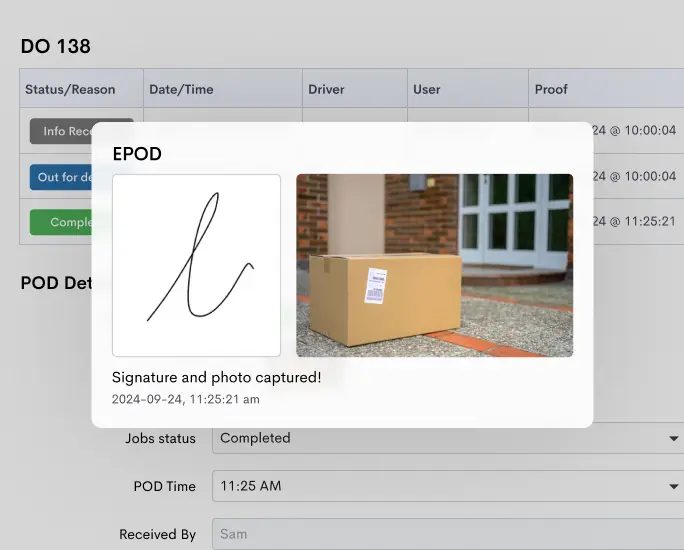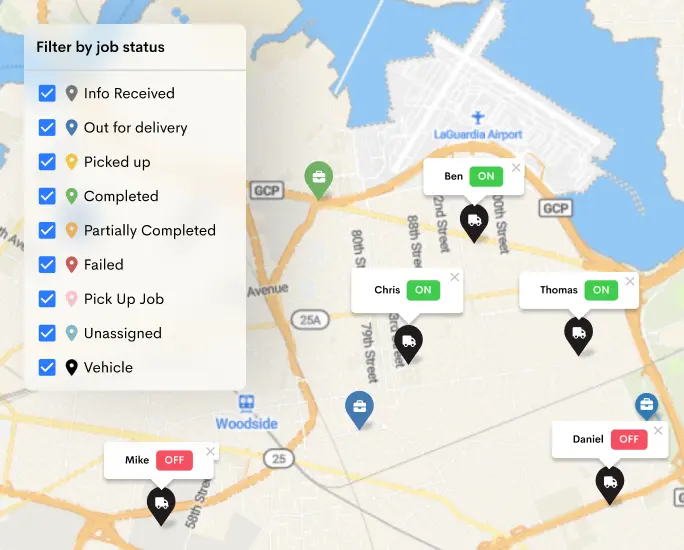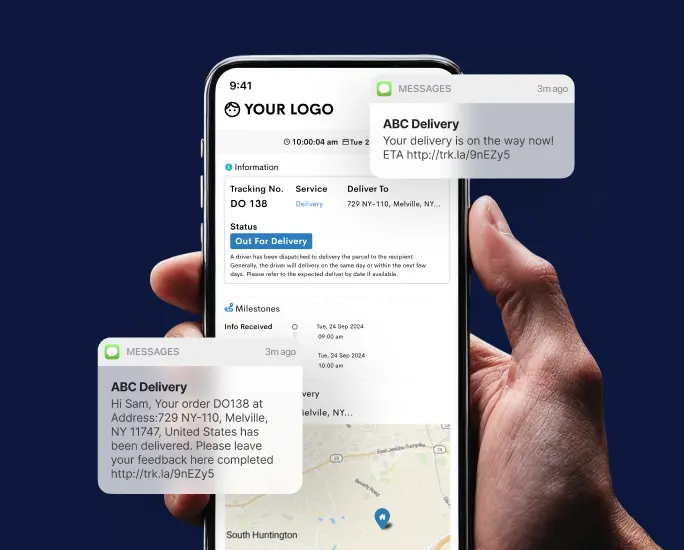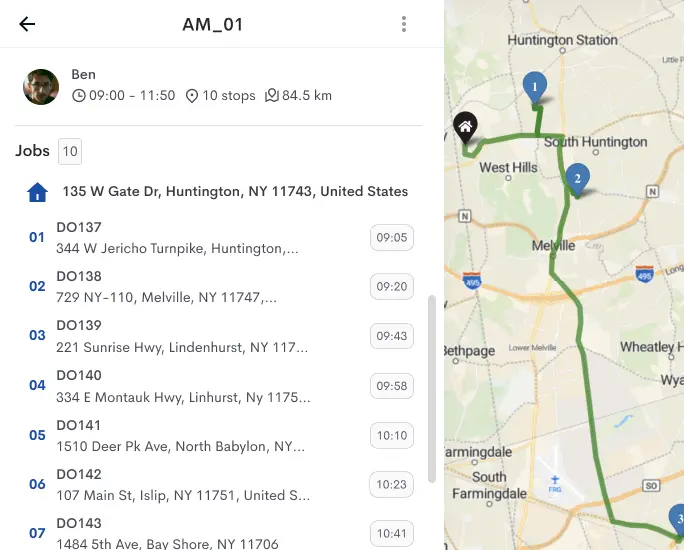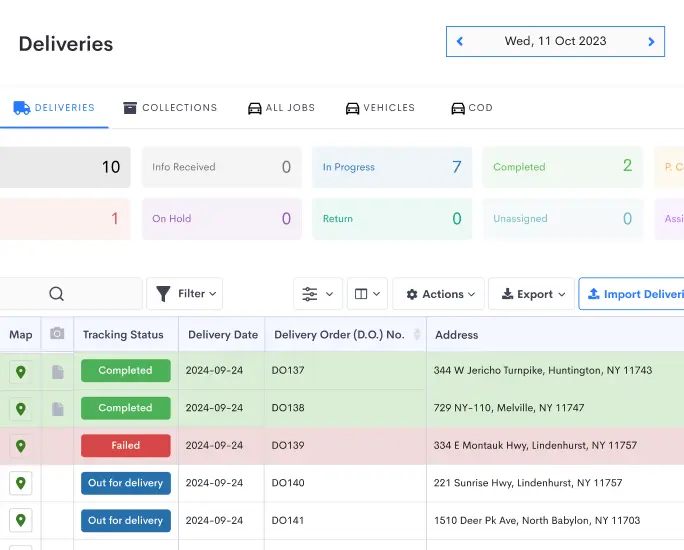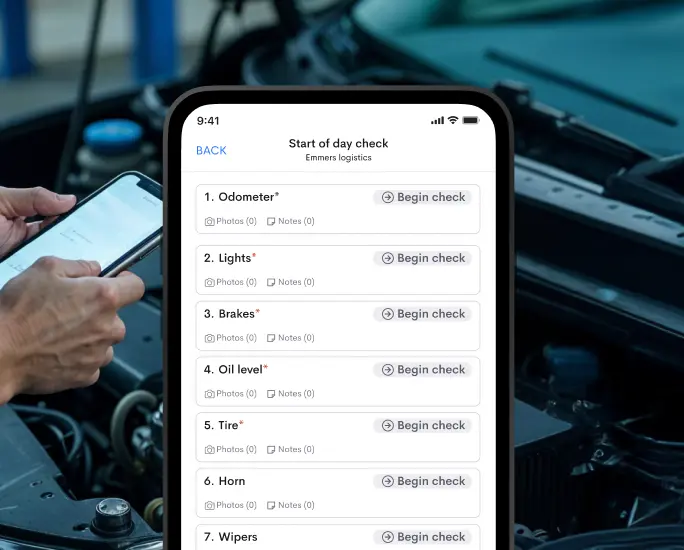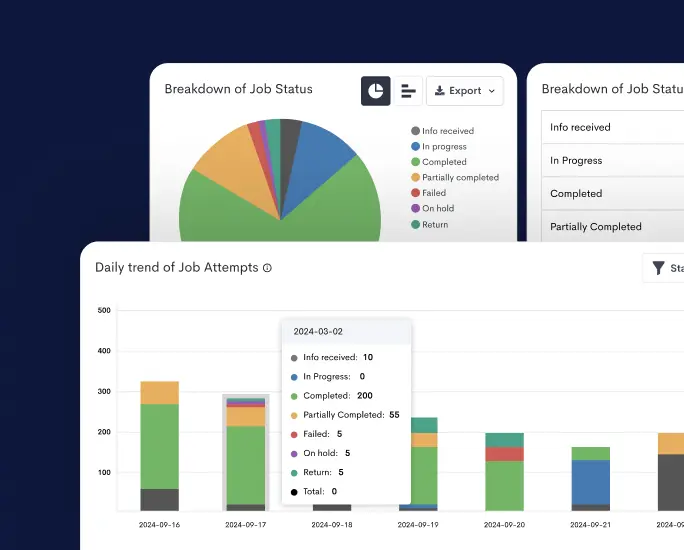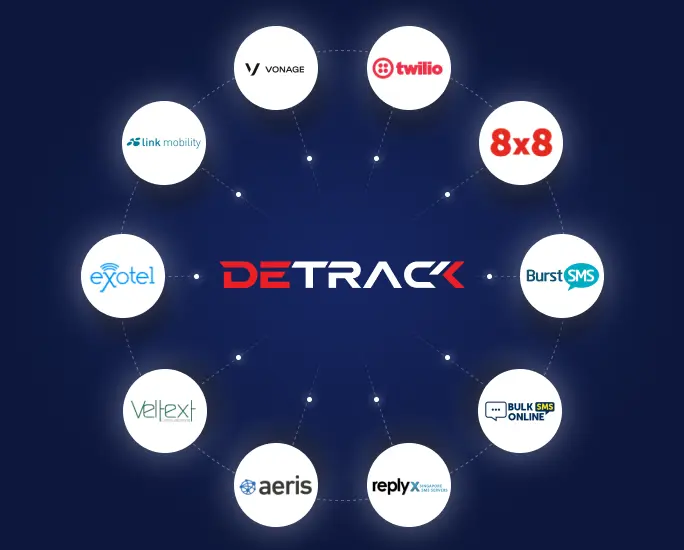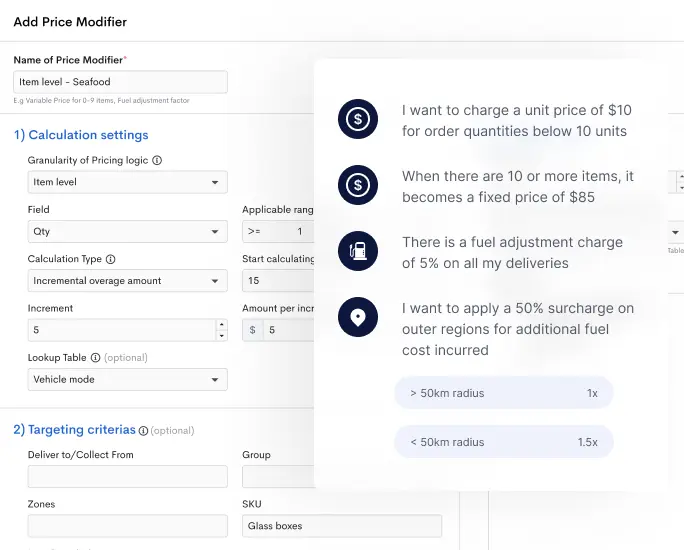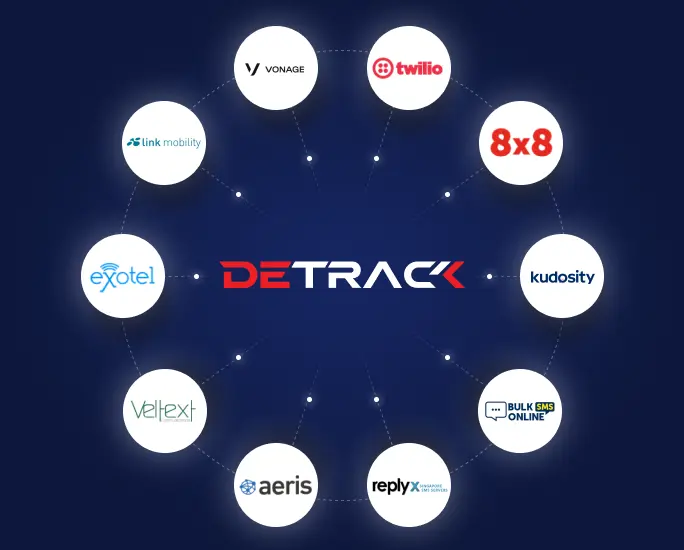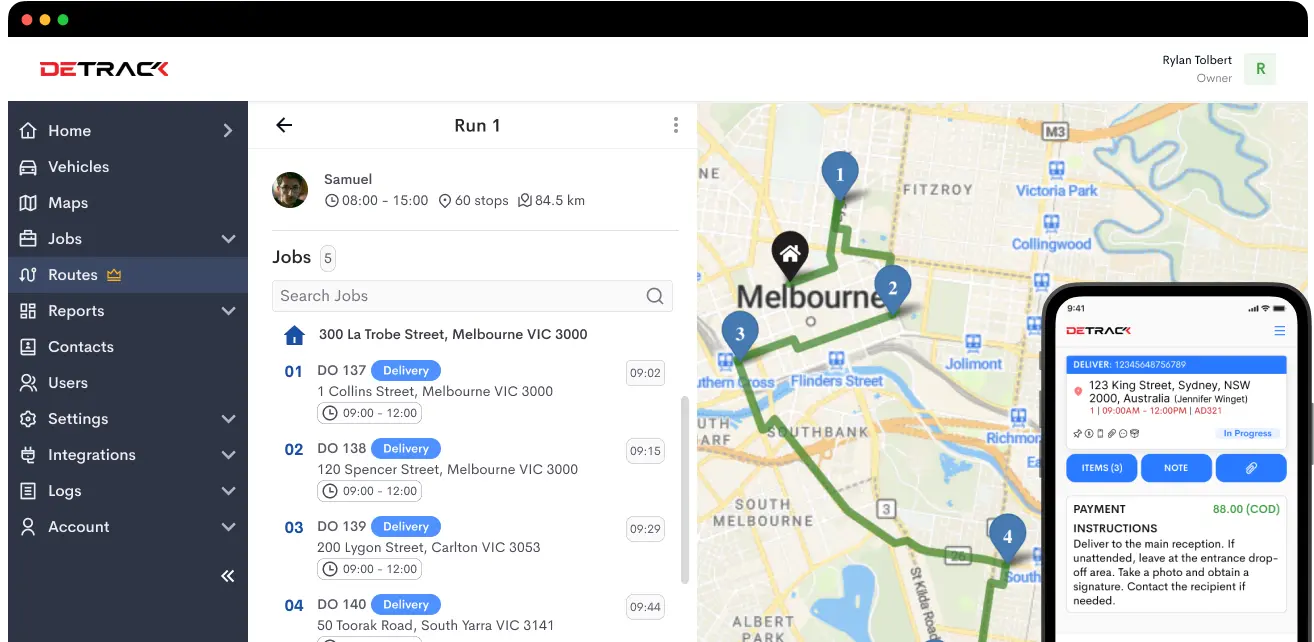The online grocery delivery market is booming—and it’s not slowing down anytime soon. According to Statista, the global online grocery market is expected to reach over US$ 1.89tn by 2029. Whether you’re just starting or running a local delivery service, there’s never been a better time to scale your operations and tap into this growing demand.
But with growth comes challenges. From managing inventory to ensuring on-time deliveries and customer satisfaction, running a successful grocery delivery business requires more than just a good website and a delivery van.
In this post, we’ll walk you through actionable strategies to help you grow your online grocery delivery business sustainably—while keeping your customers happy and loyal.
1. Know Your Audience
Before anything else, understand who your ideal customers are.
- Are you serving busy professionals looking for convenience?
- Elderly individuals needing essentials without leaving home?
- Families looking for budget-friendly weekly groceries?
By identifying your primary customer segments, you can tailor your offerings, marketing strategies, and delivery schedules to meet their needs.
📝 Tip: Use customer surveys and order history data to gather insights on preferences, shopping frequency, and preferred delivery times.
2. Optimize Your Website and App for Conversions
Your digital storefront is often the first impression you make. If it’s clunky or slow, you’re losing business.
Here’s how to improve user experience:
- Mobile-first design: Most shoppers use their phones.
- Easy navigation: Categories, filters, and search should be intuitive.
- One-click reorder: Let returning customers quickly restock.
- Real-time stock updates: Avoid canceling orders due to out-of-stock items.
- Transparent pricing and fees: No one likes surprises at checkout.
💡Pro Tip: Add features like “Save for Later,” meal kits, or curated bundles to increase average order value.
3. Streamline Inventory and Supplier Management
Inventory issues are one of the biggest hurdles in grocery delivery. You’re dealing with perishable goods, varying shelf lives, and daily restocks.
Here’s how to stay on top of it:
- Use inventory management software: Automate stock tracking, receive low-stock alerts, and forecast demand.
- Build strong relationships with local suppliers: This can help you secure better deals, fresher produce, and priority restocking.
- Offer substitutions: Give customers options for out-of-stock items with a clear opt-in process.
✅ Bonus: A strong backend system can reduce waste, save money, and ensure consistent product availability.
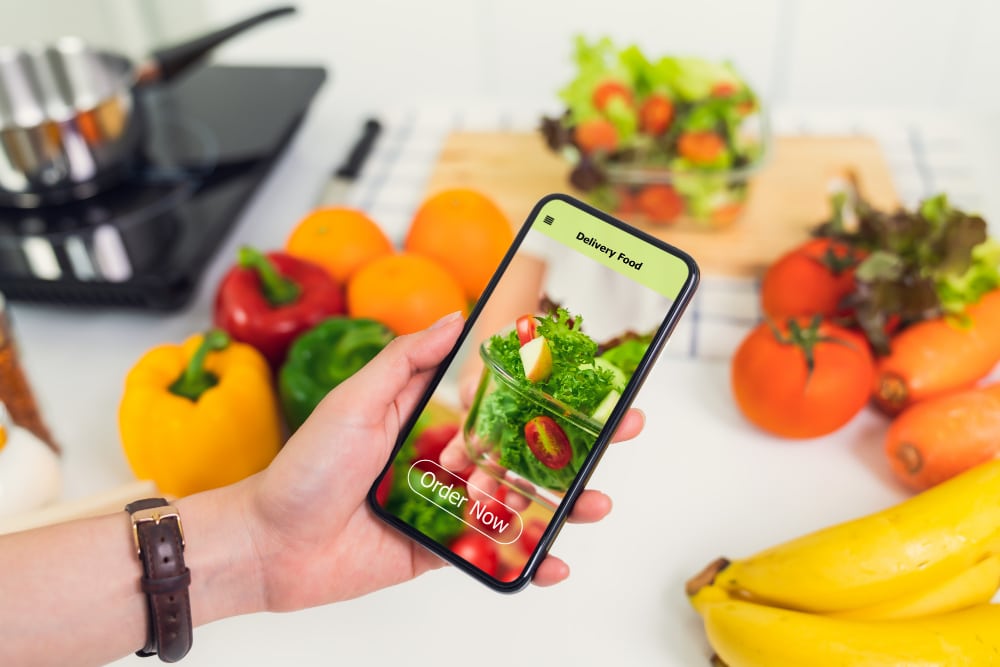
4. Offer Flexible Delivery Options
Convenience is the name of the game.
Providing flexible delivery windows and services can set you apart:
- Same-day and next-day delivery
- Scheduled delivery slots (morning/evening)
- Contactless delivery options
- Click & collect for customers who want to pick up
Using delivery management software like Detrack can make it easier to offer real-time tracking, route optimization, electronic proof of delivery (ePOD), and automated notifications. It enhances operational efficiency and gives your customers peace of mind.
🚛 Try Detrack to streamline your grocery deliveries and delight your customers.
5. Leverage Data to Make Smarter Decisions
If you’re not analyzing your data, you’re flying blind.
Track and analyze:
- Order frequency
- Cart abandonment rates
- Popular products
- Customer lifetime value
- Delivery success rates
With the right analytics tools, you can identify patterns and make data-driven decisions—like when to run promos, which items to bundle, or which areas need faster delivery routes.
📊 Real-world example: If your data shows high demand for organic produce in a specific neighborhood, consider creating a special “Organic Box” for weekly delivery.
6. Invest in Local SEO and Online Marketing
Customers search for services like yours on Google every day. If you’re not showing up, your competitors are.
Here’s how to boost your online visibility:
- Local SEO: Optimize your Google Business Profile, include location keywords on your site (e.g., “grocery delivery in Brooklyn”), and get listed in local directories.
- Content marketing: Start a blog with grocery tips, recipes, or behind-the-scenes stories.
- Social media: Use Instagram, Facebook, and TikTok to showcase fresh products, share offers, and build a community.
- Email marketing: Send out weekly promotions, seasonal bundles, and recipe ideas.
📍Don’t underestimate word of mouth—ask satisfied customers for reviews and referrals!
7. Offer Subscription or Loyalty Programs
Want to keep customers coming back? Make it worth their while.
Subscription services like weekly produce boxes or curated meal kits can offer:
- Predictable revenue for you
- Convenience for your customers
Loyalty programs can reward repeat customers with:
- Points per order
- Free delivery after X purchases
- Exclusive discounts or early access to promotions
🎁 Example: “Get your 5th delivery free” or “Refer a friend and get $10 off your next order.”
8. Ensure Excellent Customer Service
Even with automation and delivery apps, customer service remains a core pillar of trust.
Make sure customers can reach you through:
- Live chat or chatbot
- Email support
- Phone hotline (especially during peak hours)
Train your support team to handle complaints with empathy and speed. A quick resolution can turn a bad experience into a glowing review.
🛠 Pro Tip: Use customer support tools that integrate with your delivery software so your team has real-time order information.
9. Scale Smart With Tech & Automation
Manual processes won’t cut it as you grow.
Here’s where tech makes the difference:
- Delivery management software like Detrack to track drivers, automate dispatching, and provide real-time ETAs.
- Inventory and POS integration to keep stock levels accurate and sync with your online store.
- Chatbots and CRM tools to handle routine customer queries and maintain relationships.
The more you automate, the more time you are free to focus on growth.
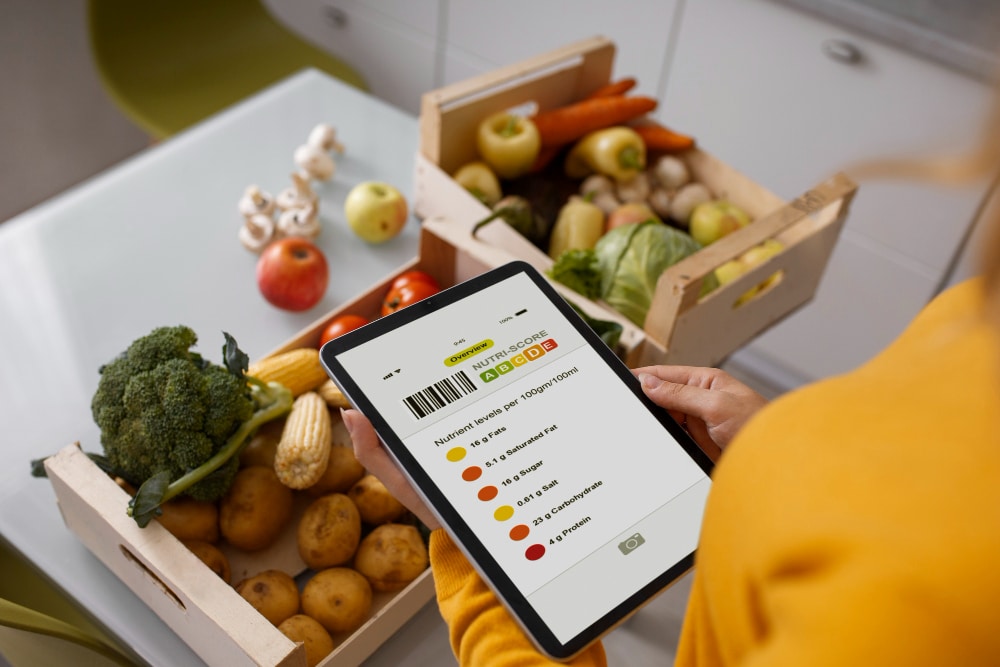
10. Partner With Local Brands and Businesses
Collaborations can help you grow without reinventing the wheel.
- Partner with local farms for fresh produce.
- Team up with bakeries or butchers to offer specialty items.
- Work with offices, schools, or gyms for bulk orders or recurring deliveries.
Not only does this expand your offerings, but it also opens up new customer bases through cross-promotion.
🤝 Example: Add a local coffee roaster’s beans to your weekly grocery bundles and co-promote the offer.
11. Monitor Performance and Continuously Improve
What works today may not work tomorrow.
That’s why ongoing performance monitoring is crucial. Set KPIs for:
- Delivery times
- Order accuracy
- Customer retention
- Revenue growth
- Waste reduction
Use these insights to adjust pricing, update product offerings, test new delivery zones, or improve logistics.
🧠 Always be testing: A/B test everything—from email subject lines to product bundles—to discover what resonates best with your audience.
12. Sustainability Sells
More consumers are prioritizing eco-friendly shopping.
Here’s how to make your delivery business greener:
- Use electric or hybrid delivery vehicles
- Offer reusable or compostable packaging
- Partner with local vendors to reduce food miles
- Let customers opt out of plastic bags and extra packaging
Then, tell your customers! Transparency about your sustainability efforts can win you long-term loyalty.
🌱 Bonus idea: Launch a “green delivery” badge or eco-subscription box.
Final Thoughts
Growing your online grocery delivery business isn’t just about speed—it’s about creating an experience that makes customers want to order again and again.
From building efficient delivery systems with tools like Detrack, to optimizing your website, offering flexible delivery options, and investing in marketing, each piece plays a vital role.
The key is consistency, adaptability, and a customer-first mindset.
Ready to streamline your operations and grow with confidence?
Book a Demo with Detrack and see how our delivery management software can help you scale effortlessly.
